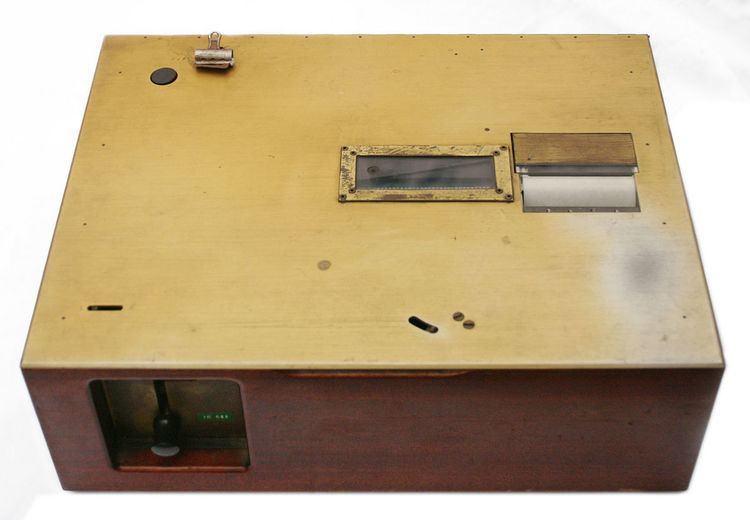 | ||
Teaching machines were originally mechanical devices. They presented educational materials and taught students. They were first invented by Sidney L. Pressey in the mid-1920s. His machine originally administered multiple-choice questions. The machine could be set so it moved on only when the student got the right answer. Tests showed that learning had taken place. This was an example of how knowledge of results causes learning. Much later, Norman Crowder developed the Pressey idea further.
B.F. Skinner was responsible for a different type of machine called GLIDER, which used his ideas on how learning should be directed with positive reinforcement. Skinner advocated the use of teaching machines for a broad range of students (e.g., preschool aged to adult) and instructional purposes (e.g., reading and music). The instructional potential of the teaching machine stemmed from several factors: it provided automatic, immediate and regular reinforcement without the use of aversive control; the material presented was coherent, yet varied and novel; the pace of learning could be adjusted to suit the individual. As a result, students were interested, attentive, and learned efficiently by producing the desired behavior, "learning by doing".
There is extensive experience that both methods worked well, and so did programmed learning in other forms, such as books. The ideas of teaching machines and programmed learning provided the basis for later ideas such as open learning and computer-assisted instruction.
